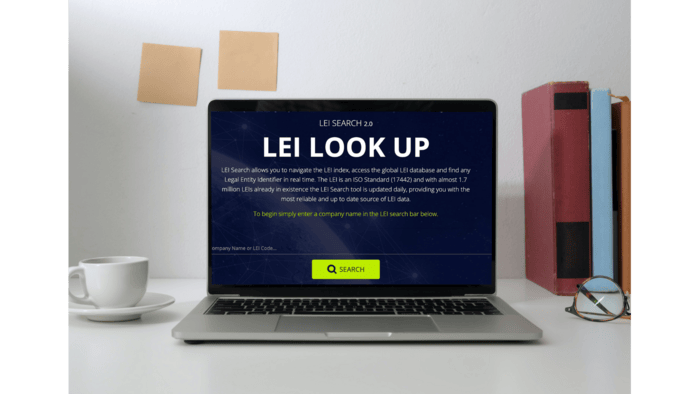Financial transparency is more crucial than ever. Businesses, investors, and regulators need accurate data to verify the legitimacy of the entities they engage with. That’s where an LEI lookup system becomes invaluable.
By searching for a Legal Entity Identifier (LEI), users can uncover a wealth of essential details about a company.
This system provides deeper insight into ownership, registration, and relationships between corporate entities, ensuring trust and credibility in financial transactions. Let’s explore the key details that can be retrieved using this lookup system.
Basic Company Information
When using a LEI lookup tool, the entity’s official name and registration details are first retrieved. Every organization with an LEI is uniquely identified, making it easier to verify who’s behind a transaction.
The information includes the legal and trade names of the entity, the registered address, the operating jurisdiction, the date of LEI issuance and expiration, and the entity’s status, whether active or inactive. These details help confirm a company’s legitimacy before engaging in any business dealings.
LEI Code and Registration Data
Every registered entity is assigned a unique 20-character LEI code. This global identifier is standardized, ensuring accuracy in financial and regulatory reporting. But that’s not all—lookup results provide additional registration details that can be just as important.
The retrieved data includes the unique LEI code tied to the entity, the registration authority and assigned number, renewal and expiration dates, and historical records of LEI updates.
Having access to these records allows businesses and regulators to track an entity’s compliance with financial regulations. After all, outdated or expired information can signal potential risks.
Parent and Ultimate Ownership
Ownership structures aren’t always straightforward. Some companies operate under complex hierarchies with multiple subsidiaries and parent organizations.
That’s where an LEI lookup reveals deeper insights. The system provides details about direct and ultimate parent entities, relationship records between corporate branches, controlling entities, ownership stakes, and links to subsidiaries or related organizations.
Understanding these relationships helps prevent financial fraud, money laundering, and other corporate misconduct. When a company is tied to questionable entities, having this information can be a major red flag.
Financial Market Participation

The LEI system isn’t just about company identification. It also plays a role in global finance. Entities in trading, banking, and investing rely on LEIs for accurate transaction reporting.
The lookup system provides insight into the market category and sector classification, financial institutions linked to the entity, past regulatory filings and disclosures, and trading history and transaction involvement. For financial professionals, verifying an entity’s market activity ensures compliance with regulatory requirements.
Why is LEI Lookup Essential for Due Diligence?
Financial scrutiny is increasing nowadays. Thus, verifying company details isn’t just good practice. Instead, it’s a necessity. Whether it’s for regulatory compliance, business partnerships, or investment decisions, an LEI lookup plays a critical role in due diligence.
It helps prevent fraud and identity misrepresentation, ensures compliance with global financial standards, provides a single source of truth for corporate data, and saves time by eliminating the need for manual verification. With businesses expanding globally, the ability to verify legal entities quickly and accurately is more important than ever.
A reliable LEI lookup tool offers more than just a company’s name. It provides the backbone of trust in financial dealings.
Whether uncovering ownership structures, checking registration status, or verifying regulatory compliance, this system ensures transparency in corporate transactions. In today’s time, where accuracy and credibility matter, having access to this information isn’t just helpful—it’s essential.

